Digital literacy is among the most important skills right now. We encounter the need for this skill in nearly every field. This is now truer than ever for education, which is rapidly digitalizing. In both education and digital literacy, young people need to be guided constantly, as the internet has no visible boundaries.
The Recent Educational Changes
Education has been going through a polarizing shift in recent years, due to changing societal needs and technological breakthroughs. Traditional classroom settings have given way to more integrated online learning environments. According to the European External Action Service, these changes, primarily caused by the COVID-19 pandemic, have caused the greatest educational disruption in modern history (EEAS, 2022).
While the pandemic was the catalyst for this change, it also made education more accessible and flexible. This shift has created new opportunities for individualized learning, allowing students to customize their educational experiences to their specific needs and interests.
Furthermore, there has been an emphasis on skills-based education, focusing on preparing students for the demands of the 21st century workforce. Project-based learning and experiential education are preferred as viable strategies for developing these abilities. Moreover, diversity, equity, and inclusion have emerged as major concepts in education, motivating schools and institutions to address inequalities and create a more inclusive environment for students from all backgrounds.
These recent educational innovations represent a dynamic and growing landscape adapting to the needs of a quickly changing world. In light of this, the European Union has committed to shaping education to be more sustainable, inclusive, and peaceful by increasing its spending on the field to €2,018 trillion for the 2021-2027 term (EU-Funding Opportunities 2021-2027, 2021).
The Pros and Cons of Digitalization
As education continues to adapt to the digital age, understanding the advantages and disadvantages of this change stays crucial for educators, students, and policymakers. Below, you can see the biggest pros and cons of digital education.
| Pros | Cons |
| Course participation and material accessibility have become easier. | The possibility of inequality has increased due to the varying accessibility to technology. |
| Digital learning platforms have enabled interactive learning experiences. | It has been easier for students to get distracted due to digital devices. |
| Students can partially shape their learning experience through new learning platforms. | Interactions between the teacher and students have partially reduced. |
| Education has become more sustainable thanks to e-books and online courses. | Concerns about the security and privacy of educational data have arisen. |
| International collaboration between students has partially increased. | Technical issues and the need for IT support cause partial delays in courses. |
Guiding Students on Digital Literacy
The digital transformation, despite its advantages, has made us deal with a number of problems, primarily the risks of the internet and the spread of disinformation. These issues are constantly being analyzed by the EU. The EU guidelines on digital literacy point out that students need to be assessed for their skills in identifying neutral and manipulative information (Guidelines for teachers and educators on tackling disinformation and promoting digital literacy through education and training, 2022).
Teachers play a pivotal role in introducing students to reliable online sources and teaching them how to evaluate information. To that end, teachers should strive to constantly develop their digital literacy as well. Since most of the teachers have grown in the years without digitalization, this aim would require their full attention.
By guiding students on digital literacy, we can help them become responsible digital citizens, getting them to the full potential of the digital age in their educational journey and beyond.
Digitalizing Peer-to-Peer Education
Thanks to its flexible nature, peer-to-peer education has stayed one step ahead of other education techniques when it comes to digitalization. The Erasmus+ Programme and SALTO-YOUTH Network have kickstarted a rapid transformation in digitalization that accelerated when the COVID-19 pandemic disrupted the flow of the projects. Various NGOs from the member countries collaborated to carry the experience of peer-to-peer education into the digital world through e-learning (IO2 – Digitalization of Non Formal Education: Methods, Tools and Experiences, 2023).
E-learning continues to help people, especially students, develop important skills often sidelined by traditional education. Digital literacy, leadership, and communication skills are among some of the most covered topics by e-learning that everyone should learn more about.
Imagining a Digitalized Future
Now that the COVID-19 pandemic has decreased in severity, we are free to return to our classrooms and the project areas we adore. Nonetheless, it is clear that digital education is a useful and popular alternative to traditional education that shouldn’t be sidelined at all.
With this spirit, DigitalWise continues to promote e-learning. Together, we can make digital learning a perfect experience for everyone. Let’s make the digital world more colorful than ever!
References
- https://www.eeas.europa.eu/eeas/transforming-education-shaping-future_en
- https://ec.europa.eu/programmes/erasmus-plus/project-result-content/51b12903-16fe-4dbb-aeec-80c6d404d5fe/EU-Learning_Handbook_EU-Funding%20Opportunities%202021-2027_V5-2021.09.29.pdf
- https://op.europa.eu/en/publication-detail/-/publication/a224c235-4843-11ed-92ed-01aa75ed71a1/language-en
- https://www.salto-youth.net/tools/toolbox/tool/io2-digitalization-of-non-formal-education-methods-tools-and-experiences.3489/


